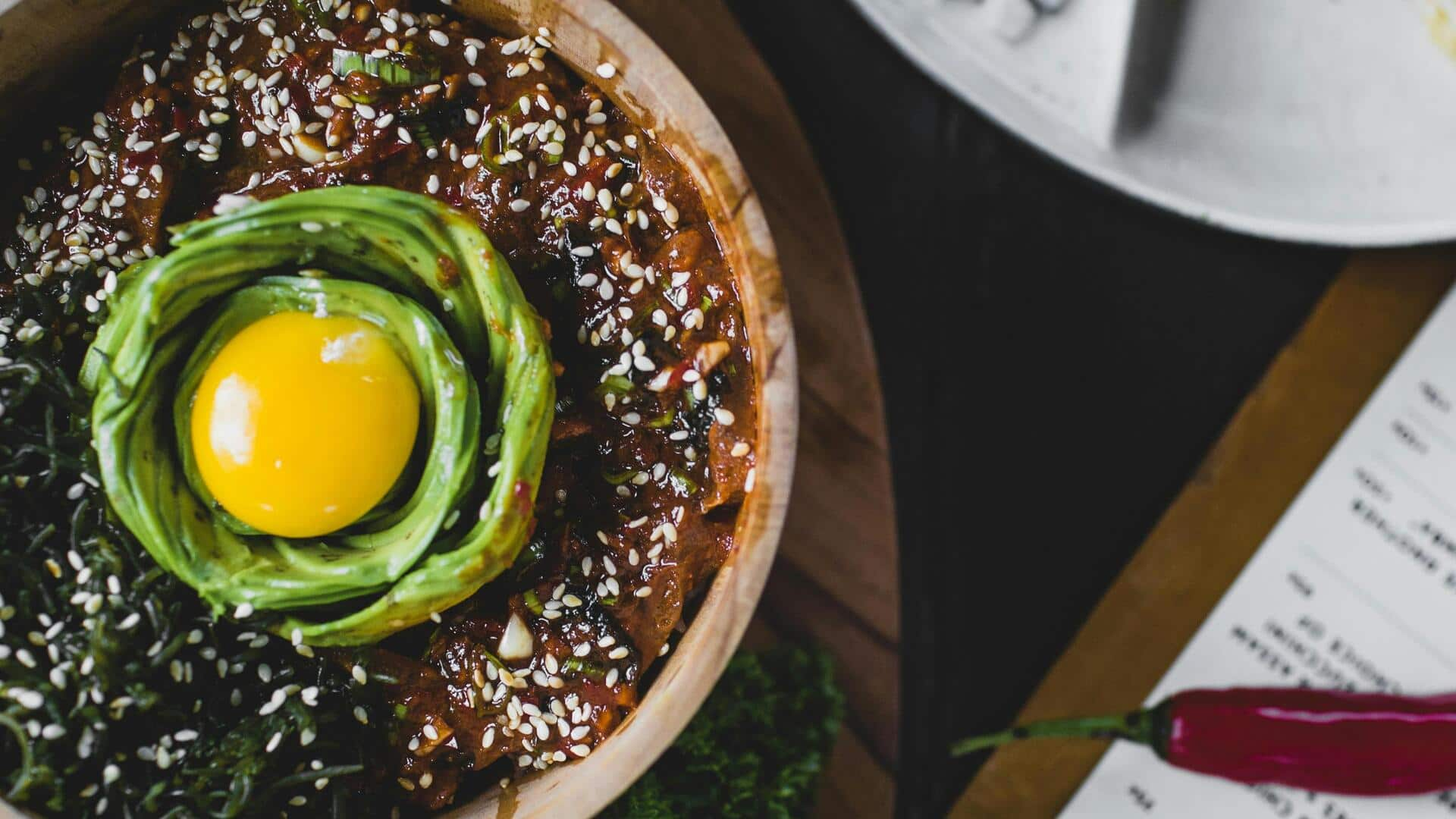
Unlock the secret flavors of Japan with these hidden gems
What's the story
Japanese cuisine is famous for its delicate flavors and fresh ingredients. While most of us know common elements like soy sauce and rice, several lesser-known ingredients can take your culinary experience to the next level. These elements not only add unique flavors but also reflect the rich cultural heritage of Japan. Exploring these ingredients can give you a new perspective on traditional dishes and inspire creative cooking at home.
Citrus twist
Yuzu: The citrus sensation
Yuzu is a citrus fruit that is commonly used in Japanese cooking for its distinct tartness and fragrance. It is commonly used in sauces, dressings, and desserts to give a refreshing twist. The zest and juice of yuzu can elevate the flavor of many dishes without overpowering them. Its aromatic qualities make it a favorite among chefs looking to add a subtle yet impactful citrus note.
Herbal Essence
Shiso: The herbaceous delight
Shiso is a leafy herb with a flavor profile that falls somewhere between mint and basil. It is used as a garnish or ingredient in salads, pickles, and sushi rolls. Shiso leaves can be eaten raw or cooked, adding an herbaceous depth to meals. Their versatility makes them an interesting addition to both traditional and modern recipes.
Umami boost
Miso: Fermented flavor enhancer
Miso is a fermented soybean paste that is a staple in Japanese kitchens. It comes in different varieties depending on the fermentation period and ingredients used. Miso adds umami richness to soups, marinades, dressings, and even desserts. Its complex flavor profile enhances savory dishes while providing nutritional benefits such as probiotics.
Spicy kick
Sansho pepper: The numbing spice
Sansho pepper is another unique ingredient that adds a spicy kick with a hint of citrusy aroma. It is commonly used as a seasoning for grilled foods or sprinkled over noodles for an added zing. Sansho pepper has a numbing effect similar to Sichuan peppercorns but with its own distinct taste.
Tea infusion
Matcha: The powdered green tea
Matcha, a finely ground green tea powder, is widely used in Japanese tea ceremonies. However, its culinary applications go beyond that. It adds a vibrant green color and earthy flavor to desserts such as cakes and ice creams. It also enhances savory dishes like noodles or soups. This ingredient is prized for its antioxidant properties and ability to elevate both traditional recipes and modern creations alike.